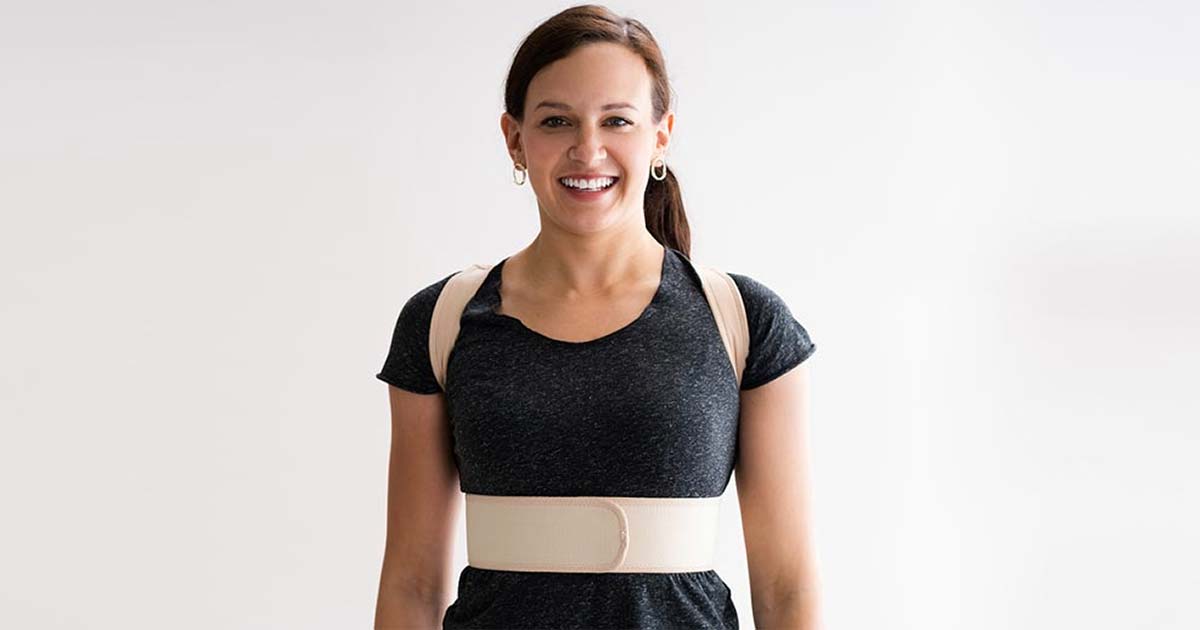Posture correctors promise to pull your shoulders back, straighten your spine and fix bad posture. But do they really work?
The answer is yes… but only in the short term. Wearing one all day is not the solution and may cause more problems in the long run. The real key to better posture is movement, counteracting poor positions and strengthening the right muscles.
What do posture correctors actually do?
A posture corrector is a device that pulls your shoulders back and aligns your upper spine. It works by forcing specific muscles to stay engaged while limiting slouching.
- They can provide a short-term reminder to sit or stand taller.
- They might help with awareness if you constantly hunch forward.
- They can reduce strain on overworked muscles for a little while.
However, the problem is that your body can become dependent on them.
The problem with wearing a posture corrector too much
- It weakens your natural posture muscles. If a device holds you up all day, your body stops working to support itself.
- It makes some muscles too tense while ignoring others. Your body works best when muscles move and adjust naturally, not when locked in place.
- It does not fix the real problem. A brace will not solve issues caused by weak muscles, tight hips or poor desk habits.
Wearing a posture corrector for too long can worsen your posture by creating muscle imbalances.
The right way to improve your posture
Instead of relying on a device, focus on movement and muscle balance.
- Use a posture corrector only as a short-term reminder, not all day. Limit it to 30 to 60 minutes while retraining your body.
- Strengthen your back and core muscles to maintain good alignment naturally. Try:
- Shoulder rows for upper back strength.
- Planks or dead bugs for core stability.
- Glute bridges to counteract sitting posture.
- Counteract long sitting with movement. Take breaks every 30 to 60 minutes to stretch and reset your posture.
- Adjust your workstation. A poorly set-up desk will make you slouch, no matter how many posture devices you wear.
Your best posture is your next posture
Posture correctors can be temporary tools, but they are not cures. Good posture comes from movement, strength and body awareness, not from forcing yourself into a stiff position all day.
The best thing you can do is move more, strengthen your postural muscles and focus on how your body feels, not just how it looks.



